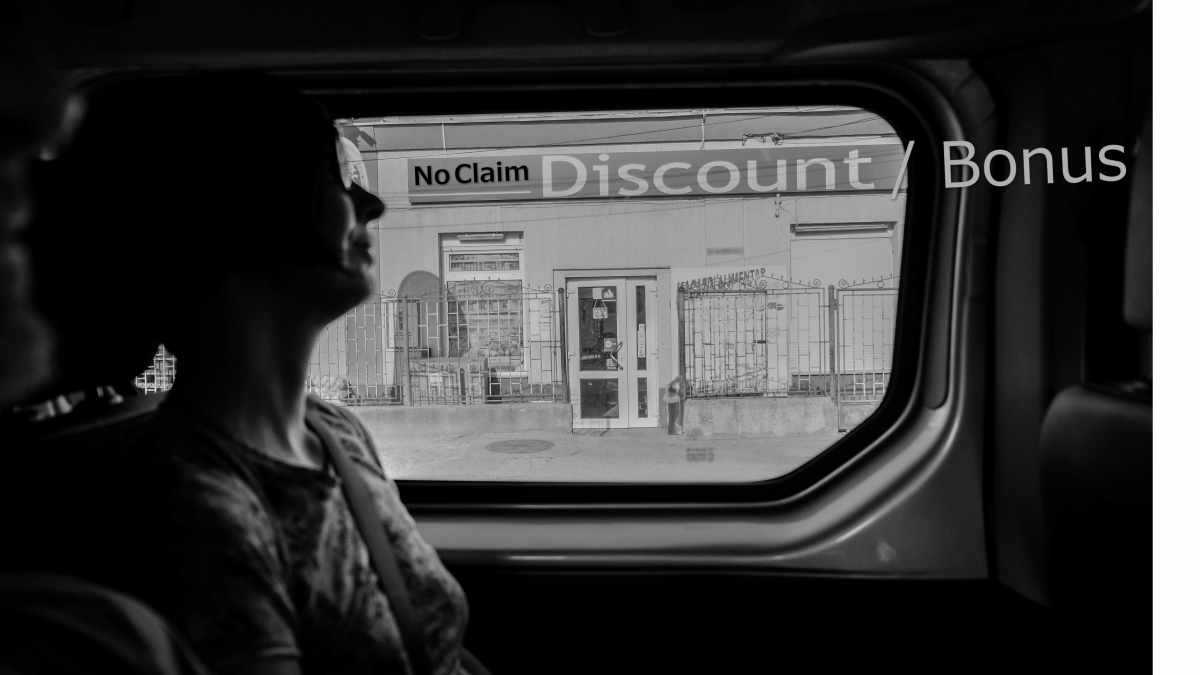What is NCD/NCB? How do I withdraw and transfer it?
You may have seen or heard of NCD/NCB, but what do they really mean? And how does this work for you?
Meaning the same thing, NCD/NCB stands for ‘No Claim Discount’/’No Claim Bonus’. These are a vehicle insurance premium discount set by Persatuan Insurans Am Malaysia (PIAM) to encourage drivers to be safer on the road. With up to a 55% and 25% off in insurance premiums for private car and motorcycle/commercial vehicles respectively, this acts as an incentive for good driving behaviour.
In Malaysia, the rates are as follows:
| No-Claim Discount Rate | Private Car | Motorcycle/Commercial Vehicle |
| 1st Year | 0% | 0% |
| 2nd Year | 25% | 15% |
| 3rd Year | 30% | 20% |
| 4th Year | 38.33% | 25% |
| 5th Year | 45% | 25% |
| 6th Year and onwards | 55% | 25% |
Your NCD Rate automatically increases yearly if you have been a safe driver who:
- Has not made a claim in the past 12 months, and
- There has been no third-party claim made against your motor insurance policy in the same period (the past 12 months).
How do I check what the NCD for my vehicle is currently?
To check the NCD rate on any of your vehicles, you may use the free service provided by MyCarInfo. Do note that you need to have your IC number and vehicle number ready, as you will be required to provide an NRIC number that matches with the vehicle ownership database maintained by JPJ.
How can I maximise the benefits of my NCD?
Well, no one in their right mind would forgo discounts, especially after being a good driver for over 5 years – that’s a valuable 55% discount you’d be missing out on! Here are some tips to maximise the NCD rate you already have:
- Transferring your NCD to your new car/motorcycle – You may want to consider withdrawing your NCD from your old vehicle, and then transferring it to your new vehicle. This way your new vehicle will enjoy the NCD rate you have accumulated so far from your old vehicle, while the NCD rate of your old vehicle resets to 0% to restart the process. This would also apply if you have sold one of your vehicles but have others you still use. Remembering to transfer the NCD to another one of your vehicles with a lower NCD rate will allow you to continue to benefit from your higher NCD.
- Getting into an accident that is not your fault – In the event of an accident, once the police have decided that you are not at fault/innocent, you will be able to make an ODKFK claim or make a claim against the third-party’s insurance policy, where your NCD will not be affected.
- Cracked/Broken Windscreens could affect your NCD – If you did not purchase the extra coverage for Windscreen, do beware that making a claim to repair the Windscreen will affect your NCD. However, if you repair the windscreen using your money or have purchased the windscreen extra-coverage, your NCD will not be affected.
- Switching your insurance provider won’t affect your NCD – Don’t worry, your NCD doesn’t get affected if you renew with a new insurance provider after policy expiry. Instead, it will continue to increase to the next level, based on the number of years without any claims (own or third-party) in each continuous 12-month period. However, if you switch providers in the middle of an active policy, do remember the continuous 12-month requirement is broken and will restart from the date of the NCD transfer. By the way, have you heard about our PrOmilej product? On top of your existing NCD discount, renew with us and save up to 40% on your insurance premiums for driving less!
- Planning to not renew your insurance will affect your NCD – For any vehicle where the insurance is not renewed, do note that the accumulated NCD will be reversed after each year until it reaches 0%. The rate of reversal follows the same table shared above. Renew your insurance timely to avoid reversing your accumulated NCD. If you plan to no longer drive a vehicle with a high NCD rate, rather than letting the NCD depreciate yearly, you may want to transfer it to another active vehicle of yours (if applicable).
- Just be a safe driver – Without being the cause of any accidents, there won’t be any negative effects to your NCD. However, if you are at fault, your NCD will be affected.
Things to note
- To transfer your NCD from one vehicle to another, do remember that both vehicles must be owned by the same owner and of the same vehicle class (e.g. both are cars).
- In the scenario of a Hit-and-run, the police must determine the other party is at fault before you can make an ODKFK claim (which does not affect your NCD). However, if the police are unable to determine fault (as the other party did not make a police report), you will have to make an OD claim, where your NCD is reset to 0%.
- While you can transfer NCDs between vehicles, the NCD is tied to the original owner and cannot be transferred to another person.
- If there is no claim against your policy, and you repair the damages using your own money, your NCD will not be affected.
- The ODKFK claim cannot be used in certain scenarios such as:
- If the third-party vehicle is used for hire and reward, such as Grab/Uber, taxi, hire buses or school buses;
- If the third-party vehicle is not insured;
- If there is a third-party bodily injury.
How to withdraw and transfer your NCD?
- Inform your insurance provider that you would like to perform an NCD Withdrawal and/or Transfer. For P&O Insurance, you can contact us via our website, https://www.poi2u.com/contact, write to us, or email us at poi2u@pacific-orient.com. During office hours, you may visit our office and branches, dial 1800-88-2121 or message our WhatsApp number 019-3253855 for assistance. If you purchased via an agent, please contact your agent for more information.
- Next, complete and sign the form provided.
- Once the form has been submitted, the NCD recovery/Withdrawal premium and NCD refunds will be processed as follows, if any:
| Scenario 1 | Scenario 2 | Scenario 3 | Scenario 4 | |||||
| Transfer Details | From Vehicle A | To Vehicle B | From Vehicle A | To Vehicle B | From Vehicle A | To Vehicle B | From Vehicle A | To Vehicle B |
| Policy Details | Yes, Vehicle A’s policy is active. | Yes, Vehicle B’s policy is active. | No active policy for Vehicle A. | No active policy for Vehicle B. | Yes, Vehicle A’s policy is active. | No active policy for Vehicle B. | No active policy for Vehicle A. | Yes, Vehicle B’s policy is active. |
| Withdraw and Transfer trigger point | For Vehicle A, you are initiating this process in the middle of the existing active policy. | For Vehicle B, you are initiating this process in the middle of the existing active policy. | For Vehicle A, you are initiating this process after the end of the existing policy. OR Before renewal/ starting a new policy. | For Vehicle B, you are initiating this process after the end of the existing policy. OR Before renewal/ starting a new policy. | For Vehicle A, you are initiating this process in the middle of the existing active policy. | For Vehicle B, you are initiating this process after the end of the existing policy. OR Before renewal/ starting a new policy. | For Vehicle A, you are initiating this process after the end of the existing policy. OR Before renewal/ starting a new policy. | For Vehicle B, you are initiating this process in the middle of the existing active policy. |
| NCD Process | Recovery | Refund | N/A | N/A | Recovery | N/A | N/A | Refund |
- If applicable, we will contact you to make payments for your withdrawal premium. We advise to make your payment on the same day. In addition, we may process an NCD refund to your bank account provided, where applicable.
- If applicable, once payment is completed, we will provide you with the receipt and withdrawal endorsement. Next, depending on your scenario, we will be able to apply the transferred NCD rate to your other vehicle, and you can proceed to enjoy the discounted premium from the transferred NCD.
We hope this article has been useful in explaining NCD/NCBs, including when and how to do a withdrawal and transfer of your NCD. If you are looking for motor insurance, head over to www.poi2u.com/ and discover the right insurance product for you, now complete with road tax services.
Stay safe, keep informed and check it out.




